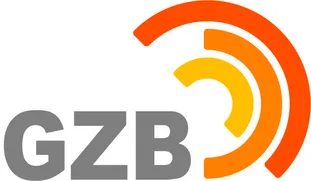Project Support

The CoDA project is supported by the German Research Foundation. Project number: 418887603
Motivation and Objectives
Reinforced concrete (RC) structures are an indispensable part of our lives, as our mobility, the industrial performance and the functionality of modern society in general directly depend on the reliability and availability of these structures. Hence, cost-efficient preservation of the integrity of the RC infrastructure over the complete service life is of utmost importance, considering in particular, that modern RC structures have to meet increasing demands in regard to performance. Higher (traffic) loads, longer service life and the use of new materials necessitate a reliable service life prediction method embedded in the framework of a sophisticated management tool. The aim of this project is to develop a novel method for the assessment of the safety and durability of RC structures. The method is based on the application of ultrasonic coda wave interferometry (CWI) to RC structures.
In this subproject (TUM2), the data derived from coda-wave signals are to be used to directly identify the degradation of the macroscopic structural model and to follow them over longer periods of time. From the temporal development, forecasts can be derived for the further course. The project pursues an approach from the observation of large-scale information to locally defined but unspecified damage zones (“top down”). The basic technology to identify the material property distribution is based on applying inverse methods with proper model assumptions and a suitable sensitivity kernel about the relations between the experimental coda data and the corresponding local property changes.
A major focus of the work will be on the question of how coda data and structural properties are correlated (together with subprojects of BAM, TUM1, BU). In particular, it is important to separate elastic and periodic behavior from the permanently remaining behavior. There are open questions as how parameters like temperature, moisture, load transfer, as well as ageing effects, structural geometry, specific load introduction and bearing conditions affect the coda wave data and how that is related to the situation of statically determined or undetermined structures. Relevant methods will be developed, tested at suitable load-bearing tests (with RUB2) and compared with the results determined from a microscopic scale by TUM1 and RUB1.



